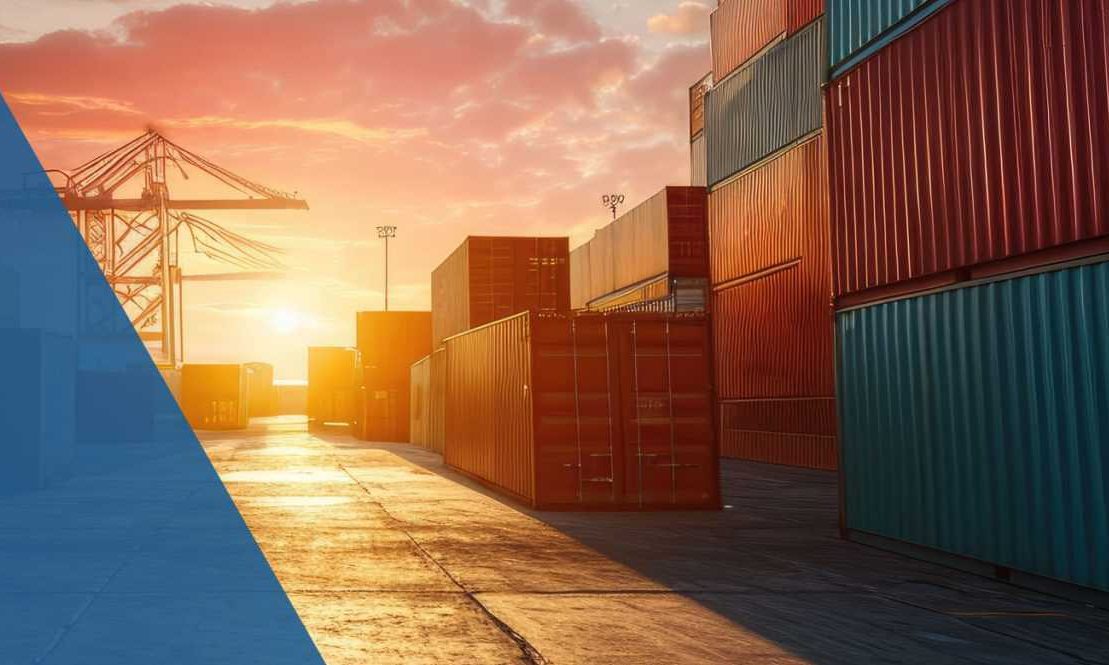Shipping by container is an economical and safe choice to transport goods. There are as many as 5 to 6 million containers at sea at any time, anywhere in the world. These containers carry your goods. And virtually every product, from steel to paper, wood to textiles, is susceptible to moisture. Moisture can cause loss, which is why it is important to reduce the amount of moisture as much as possible. But how does moisture actually occur and what are the consequences?
Occurrence of Moisture in the Container
Moisture is in the air and is always present. The amount of moisture in the air relative to the amount of moisture that air can hold is relative humidity. Relative humidity can fluctuate due to supply of warm or cold air. Warm air can contain more water vapor than cold air. Relative humidity will increase, as the temperature drops. When the relative humidity has reached 100%, the air is saturated and drops or condensation form. This can come in the form of fog, dew, frost or in a container as container rain, resulting in your products becoming damp.
Besides being present in the air, moisture is also present in organic products and in wooden pallets. Therefore, it is important to keep pallets as dry as possible before they are loaded into the container.
A plastic film is often wrapped around the products on the pallet to ensure that the load stays on the pallet. If the product contains moisture, condensation can form on the inside of the film. If the products are heated by the sun or other influences, the same thing happens. The plastic layer makes it difficult for the condensation to escape, which can result in damp or wet packaging of products.
What are the Implications?
The effects vary from product to product, but that moisture is bad for most products is one thing that is certain. Are products packed in boxes? Then the cardboard gets damp and loses its strength. The cardboard dents or may crack. Are you dealing with powders, sugars or salts, for example? On contact with moisture, these can start to clump together and it is actually no longer marketable. If you ship iron products or parts made of steel, for example, there is a chance of corrosion, which does not improve quality. Wood can become moldy, and so can your pallets. This can directly affect the goods you transport. The mold in your pallets can transfer to your products. All of these effects lead to spoilage. Your product is no longer in the same perfect condition as when it was prepared for shipment, resulting in an unsatisfied customer, claims and the time it takes you to resolve the problem.
To Spare
Waste is preventable and prevention is always better than cure. With a small investment, you can ensure that there is no shrinkage and the products reach the customer in the same perfect condition as they left you. Because you don’t have dissatisfied customers and don’t have to file claims, you save time and therefore money. You create more profitability.

